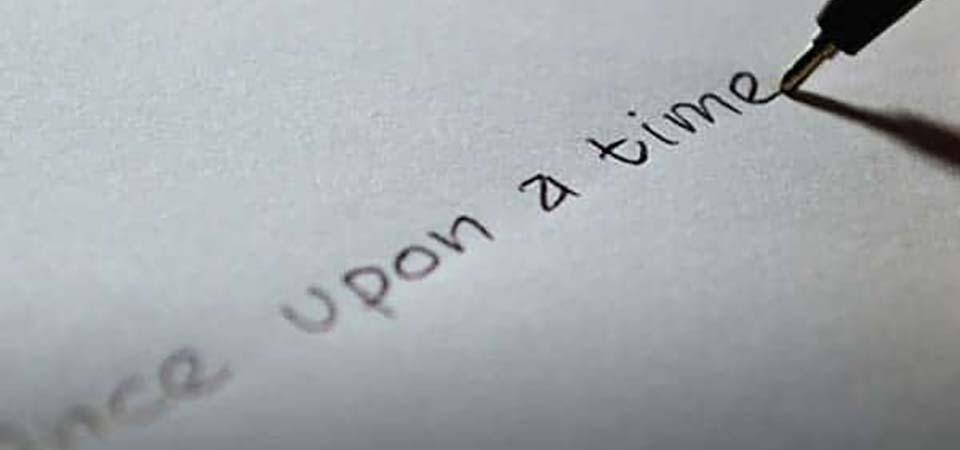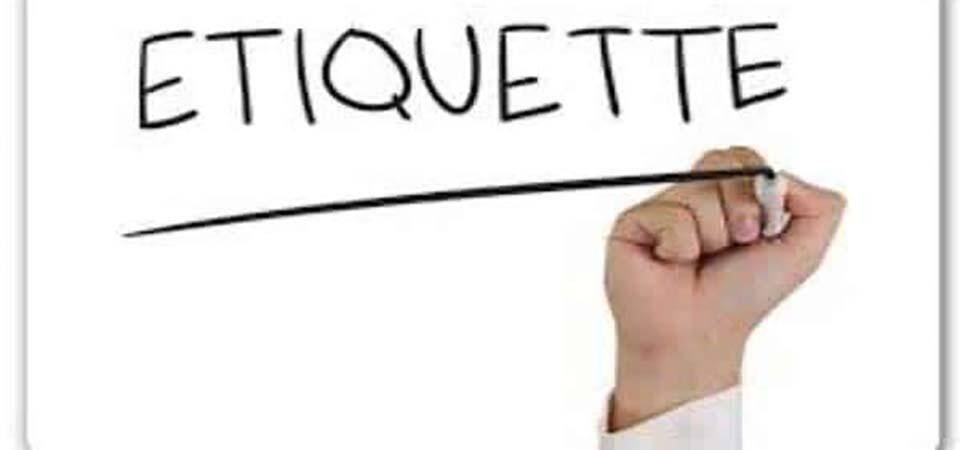How to write an effective press release..?!

In the age of digital marketing, social media and short attention spans, it’s tempting to think that the press release has had its day. Not so.
Whether organizations send press releases to the media, stick them on their website or simply use them to ensure a consistent message across the business, the well-written press release is still one of the most useful communication tools.
So what exactly is a press release? And how do you write a good one?
What is a press release?
It’s important to know that while organisations use press releases to promote their goods and services, they’re not adverts. In fact, journalists are quick to spot organisations who dress something up as news in order to get free advertising.
Press releases are short, factual news stories written in the third person and given to the media to encourage editors/journalists/broadcasters to feature the story in their publications and programmes.
They can also be published on the originator’s website and in company magazines and newsletters. In these instances, the style is often changed from the third to the first person.
Step-by-step guide to writing a press release
1. Make sure you have a newsworthy story
You need to have something new and important to say. If your client simply wants to promote a product or service because it’s not selling well at the moment, you can’t just write about its benefits as you would in an ad or brochure.
You (or your client) need to find a newsworthy angle.
Ask yourself why would people be interested in this product/service/business now? What’s new or different? What’s happened to make it newsworthy?
2. Target a particular media sector
Like every other piece of effective copy, a press release should be written with a target audience in mind. However, with press releases, you don’t write directly for that target audience. You write them for the editor/journalist/broadcaster and you tailor them to the readership/viewers/listeners of that publication/programme.
The bulk of each tailored press release might be relatively similar but you’d write a different headline, opening paragraph and possibly quote for each media group.
3. Answer the six W questions
Every press release should answer the six W questions (or more accurately, five Ws and one H) – who, what, where, when, why and how.
Let’s use a car dealership sponsoring a book festival as an example.
- Who: Maidstone Cars
- What: sponsoring Maidstone book festival and giving visitors a chance to win a new BMW 3 Series
- Where: the town hall in Maidstone
- When: 3 September
- Why: supporting the arts, a local bookshop, local writers and book lovers
- How: Maidstone Cars will partly fund the event (cover cost of speakers, venue hire, refreshments, etc.), place a BMW 3 Series on show outside and offer every visitor free entry into a prize draw to win the car
4. Use the inverted pyramid to structure the press release
Armed with answers to the W questions, you can now structure your press release using the classic inverted pyramid template. This enables you to present the most important information first.
You use this template partly because the media don’t have time to plough through why the world needs a new widget or how it was developed (they simply want to know whether or not your new widget is of interest to their audience) and partly because the template makes it easy to cut the story to fit the space available. No need to edit. Simply cut from the bottom paragraph upwards.
- Short, clear headline tells media what the story is about
- Paragraph 1: sums up the entire story in one or two sentences
- Paragraph 2: puts story in context – why it’s important
- Paragraph 3: presents details – who’s involved, how it came about, etc.
- Paragraph 4: includes a relevant quote to add information, credibility and/or opinion
- Paragraph 5: shows where people can find more details, buy product, get involved, etc.
5. Write a newsworthy headline
As is often the case in copywriting, the headline is crucial. Press release headlines not only tell the reader what the story is about, they are your sales pitch to the media.
The media use headlines to determine whether a story is even worth reading. If it doesn’t grab their attention, they’ll probably delete or bin the press release without even reading it.
But grabbing the media’s attention isn’t the same as grabbing the audience’s attention. Don’t try to be cryptic or clever. Leave the resulting news story headline to the media’s own headline writers.
The following examples illustrate what I mean. The first version is too ambiguous. The second makes it clear what the story is about.
Ambiguous: Football crazy
Clear: Real Madrid signs Bale for record 100 million euros
Ambiguous: How green is our valley
Clear: Thames Valley Police wins environmental award
Ambiguous: Pitch perfect
Clear: John Hampden Grammar opens new synthetic turf pitch
So for our Maidstone Cars story, some headlines we might use are:
Maidstone Cars supports local arts scene
Maidstone Cars gives book festival visitors chance to win BMW 3 Series
Maidstone Cars funding keeps town book festival going
Ideally, you want your headline to say ‘someone/something does something worthwhile’.
6. Write in the third person
As you are not writing to your target audience directly, you need to write your press release in the third person. So “ABC Ltd has signed a £5 million deal with XYZ Ltd” not “We’ve signed a deal with…”
Also, you are not writing the story that might appear in the paper. You are writing it from your client /organization’s point of view.
For example, if you were writing a press release from Tesco apologizing to residents for the upheaval caused by the building of a new store, you wouldn’t write “Residents are up in arms over Tesco building works” – that’s what the paper might print. You write, “Tesco is taking residents’ concerns seriously and holding a public meeting on…”
7. Summarise the story in the opening paragraph
The opening paragraph complements the headline by giving a fuller explanation of what the story is about. The skill is in getting all the key information in without saying too much too soon. A good opening paragraph should be able to stand-alone. Think of it almost like a radio news bulletin.
8. Put the story into context
If you think of the first paragraph as ‘who is doing/has done what’, the second and third paragraphs go on to give you more detail and explain the ‘why and how’ behind the ‘who and what’.
For the ‘first 2,000 hours battery story’, you might go on to mention that while mobile phone technology has moved at an alarming pace, the batteries that power them have stayed the same for decades, frustrating users and manufacturers.
Your third paragraph could then give some detail on how the student developed the new battery, when we might expect to see it in use, how much it might cost, what effect it will have on mobile technology, etc.
9. Stick to one story per press release
If your press release has gone onto a second page, you probably have two or more stories. (Or you’ve padded it out with irrelevant, self-congratulatory quotes from ‘important’ people you’ve been told have to be included.)
Discipline yourself to recognize when one story ends and another one begins. And don’t weave a weaker story into your strong one. You will simply dilute the good one.
If you must add extra information, put it in ‘notes to editors’ at the end of the release. Or write a second press release.
10. Write a decent quote
Too many quotes are put into press releases simply to acknowledge the presence of a CEO, partner, sponsor, client, etc. There’s nothing wrong with having endorsements, just make sure they say something worthwhile.
“We are delighted” is the most overused phrase in PR. Not only does it state the bleeding obvious, it also adds nothing to the story. Quotes need to do one or more of the following:
- provide useful information/details not included elsewhere in the release
- explain why a particular product/service/partnership is of benefit to people
- give credibility to an unknown product/service/partnership
- express an opinion (ideally different or controversial) on an important issue
- not sound as if they’ve been written by the PR department/consultancy








Responses